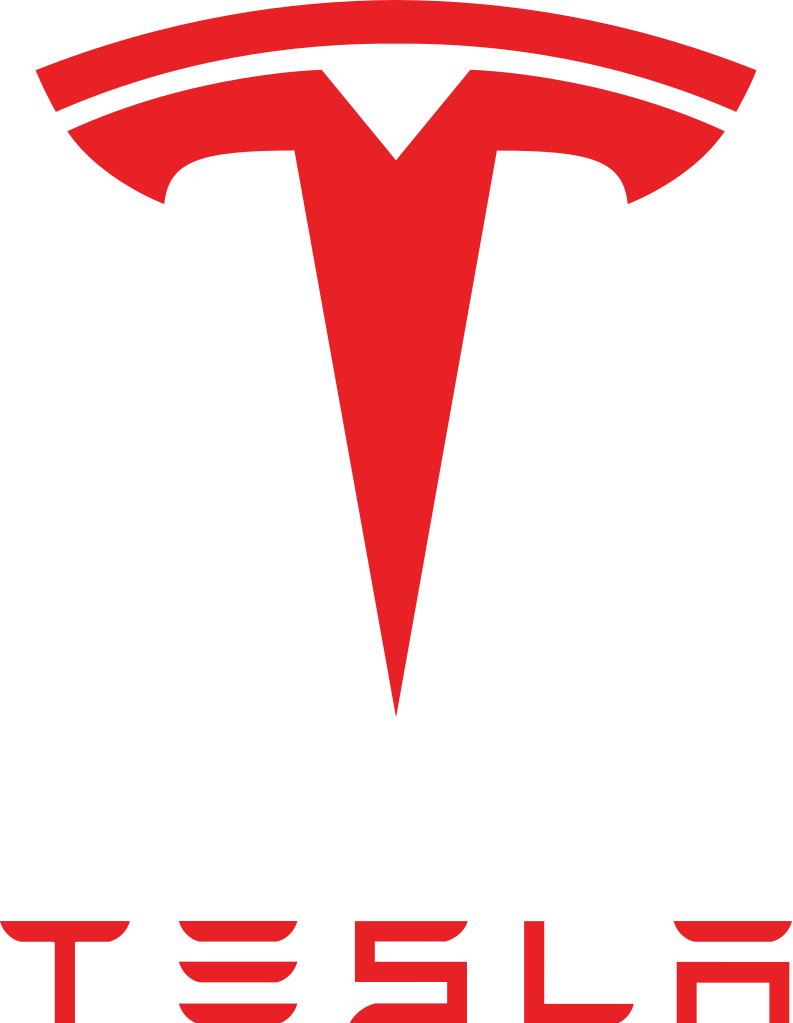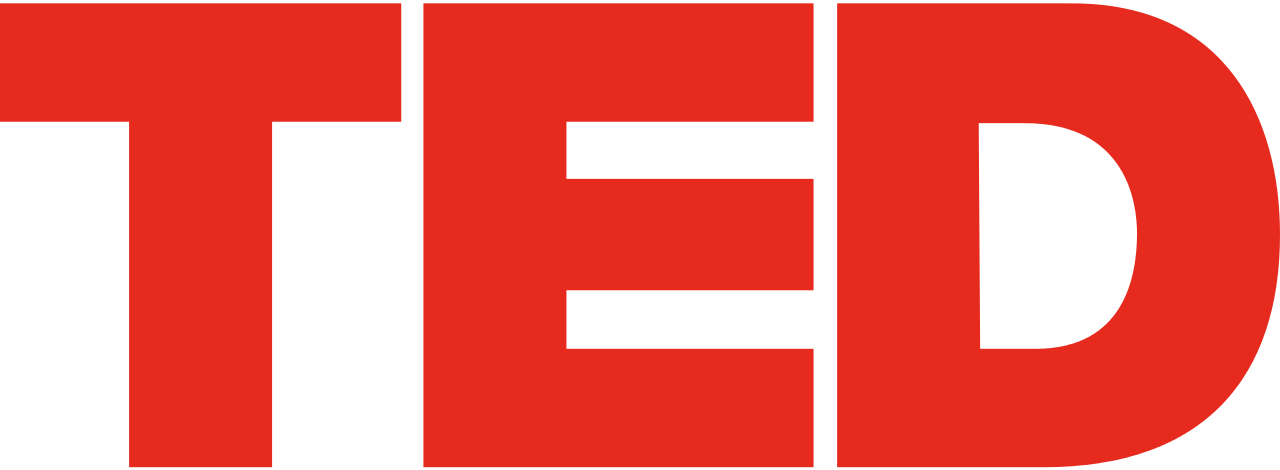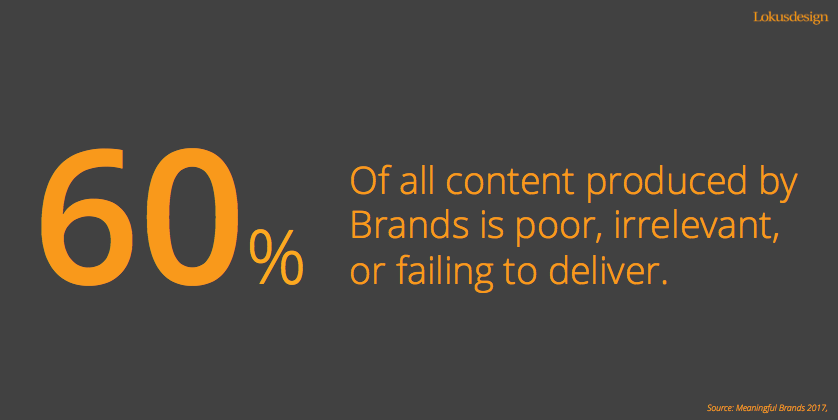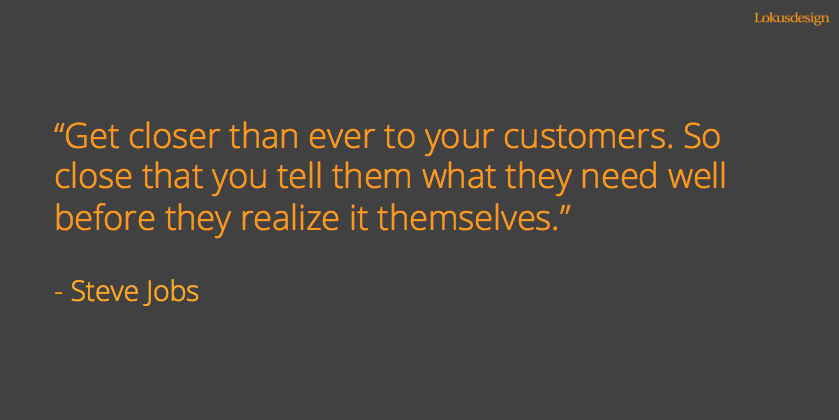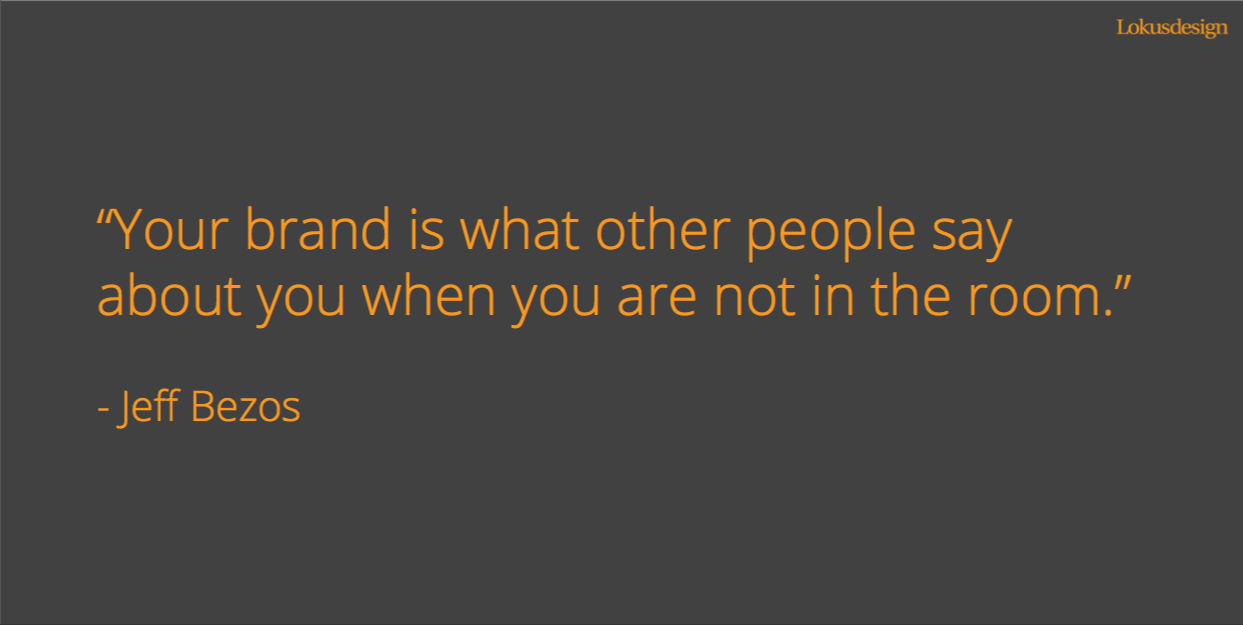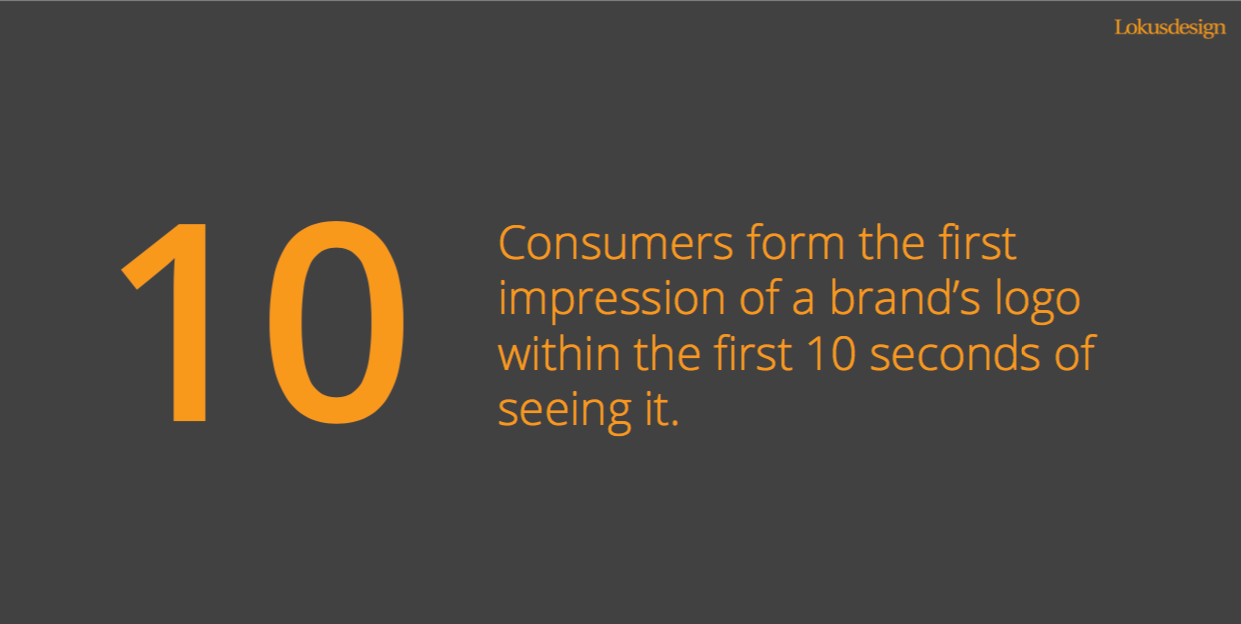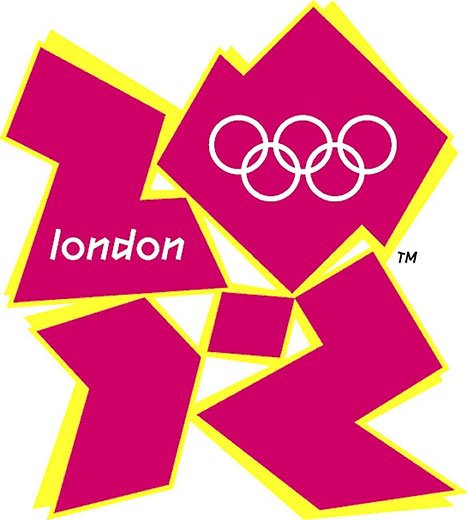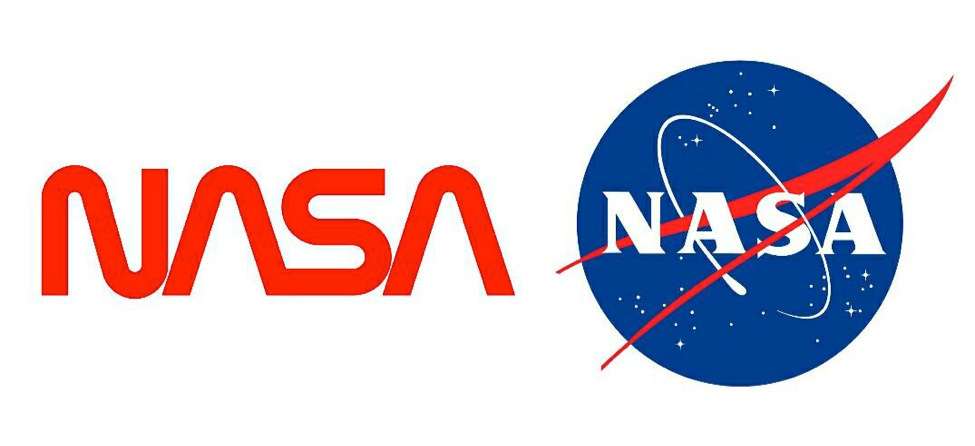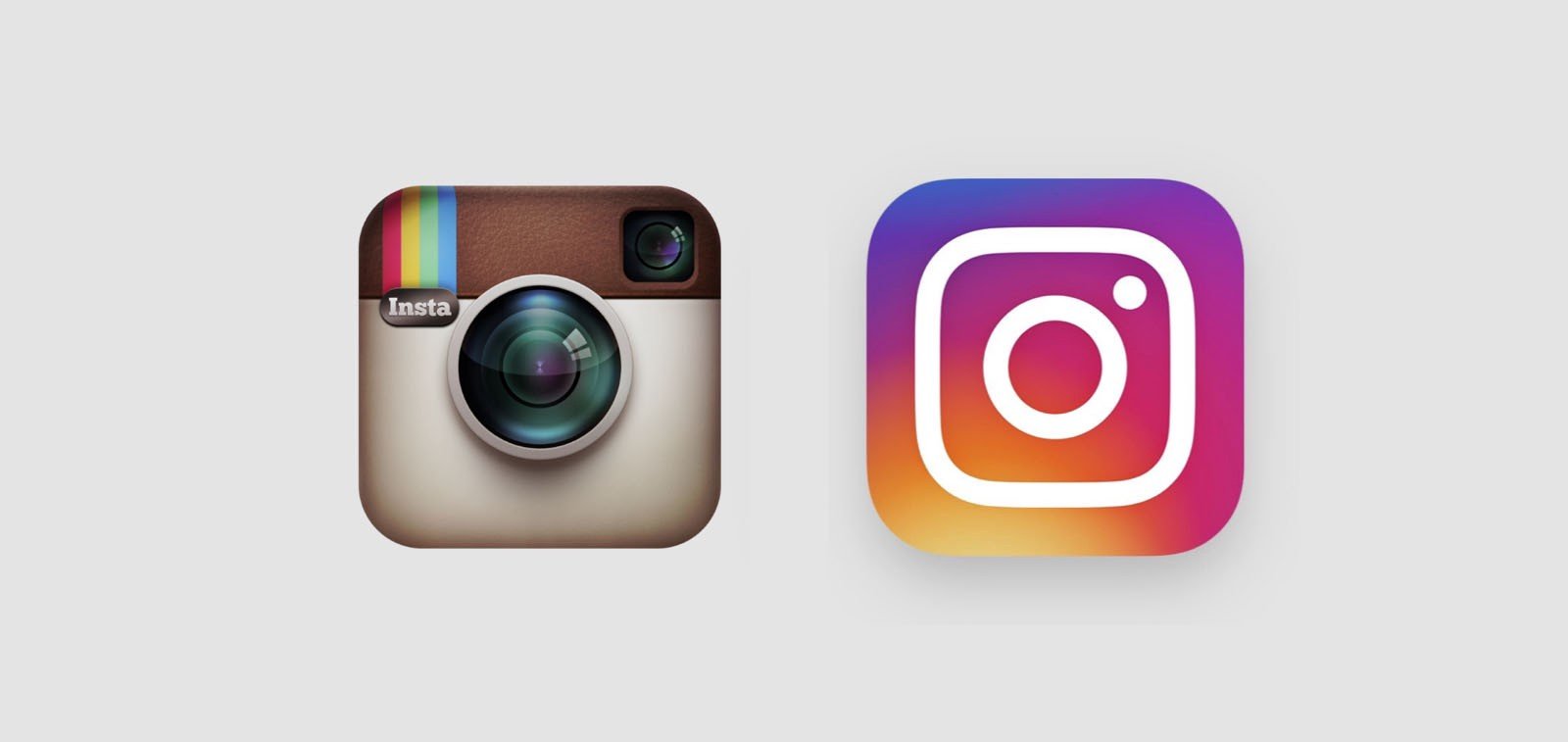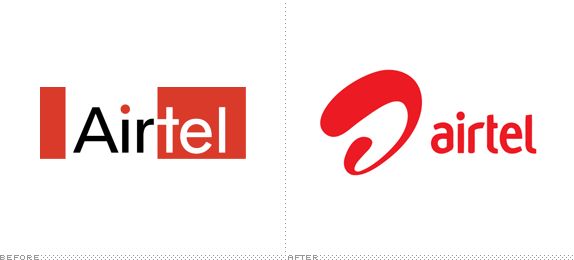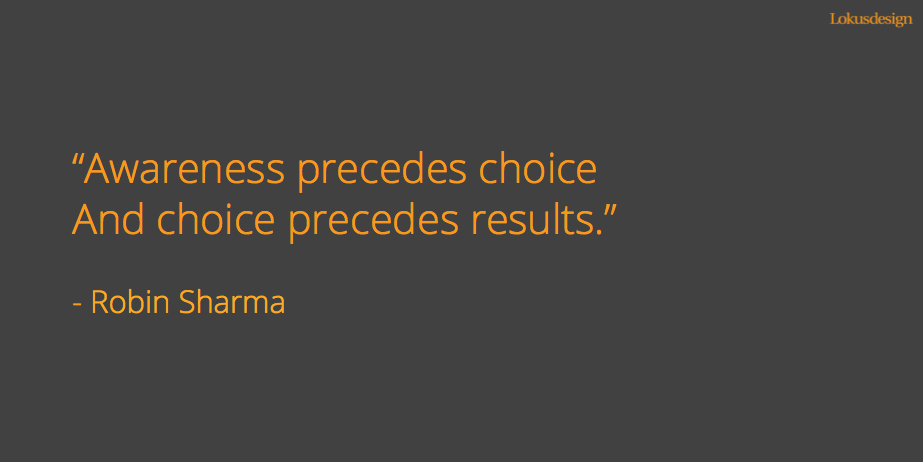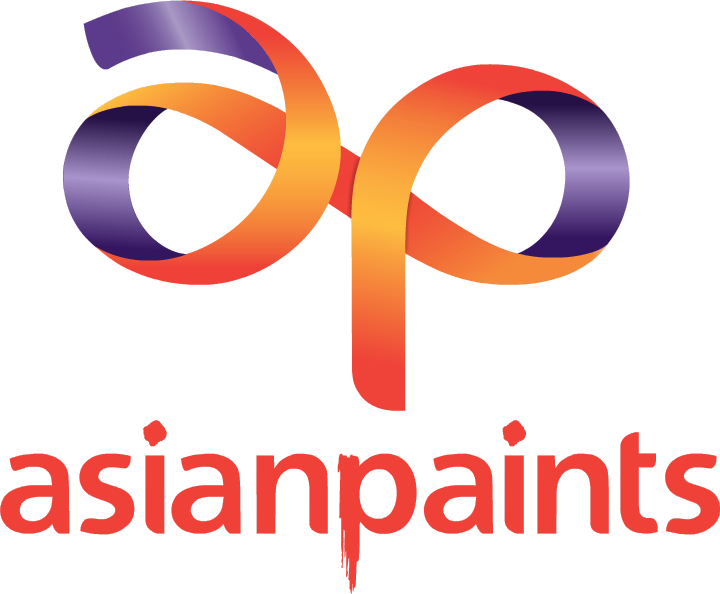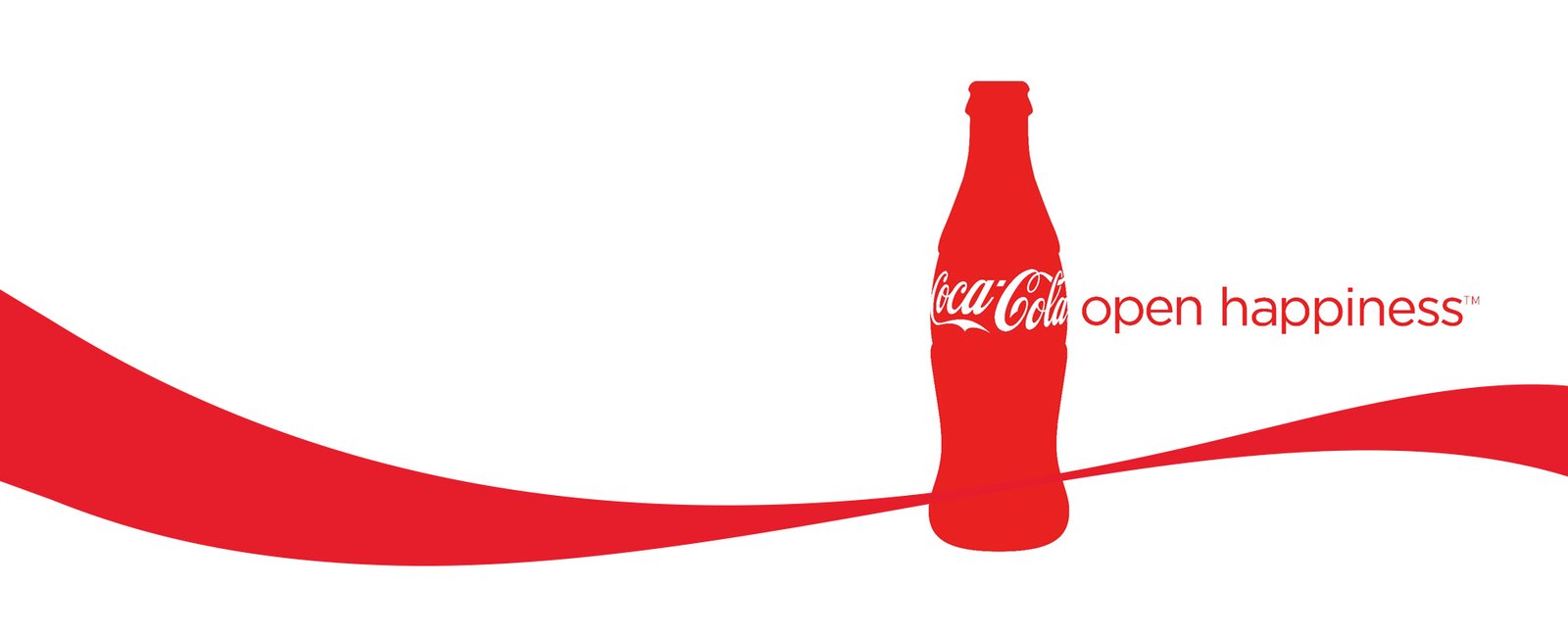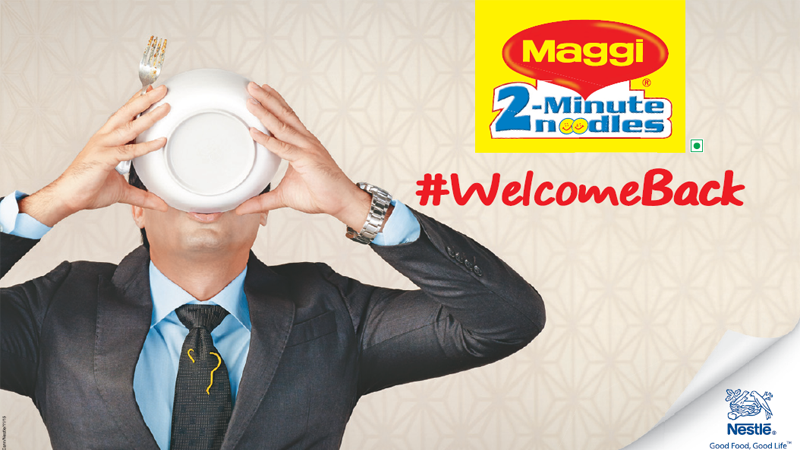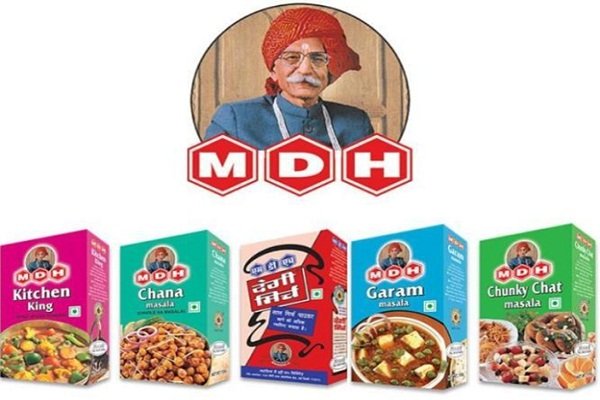8 of the Best Brand Purpose Articulations
There’s a reason why you would rather have no coffee instead of a brand other than what you’re used to. There is a reason why you would rather pay a higher price for a cotton t-shirt or almost triple the price for a bamboo toothbrush. It’s not because you love parting with your money, or because it’s what you’ve been told to do. It’s because you believe in what the brand represents. The ideals, principles, and ethics of the brand are aligned with yours, and in this cluttered space, that alignment is everything.
We came across a great definition of this on Medium. It said, a brand purpose as ‘a higher order reason for a brand to exist than just making a profit. In Simon Sinek’s famous illustration, The Golden Circle, he explores the what, how, and why of a brand, going beyond numbers and sales and statistics. It’s easy to come up with products for the market, consumer goods which are crafted from the best materials, but what really is the purpose of your brand? If you are a chocolate maker, what sets you apart from the thousands around the world? What sets you apart from the crowd? It’s why you do what you do? How do you make a difference to the community? How do you take responsibility for your load on the environment, and help reduce it?
A good brand purpose statement will answer all of these questions in a concise manner while capturing the essence of your brand. Here are a few examples to better illustrate this.
#1. Eco femme – Join the cloth pad revolution!
It’s unfortunate, but in India, 71% of adolescent girls are unaware of menstruation until they get their first period. As a result, they face severe health issues, drop out of school early and spend 5-7 days a month feeling terrible and uncomfortable with their bodies. Activists strive to make sanitary napkins more accessible and affordable to rural India, so when eco femme was born, rural and urban women alike rejoiced! Eco-femme has a brand statement which empowers, enables, and inspires, just like their product. The reusable cloth pads are very economical, extremely eco-friendly, and empowering as well. For women in rural India, eco femme is an excellent, hygienic alternative to shelling out so much money every month for disposable pads which end up hurting the environment – tying up with their mission statement. Eco femme not only empowers women of rural India but also inspires urban Indian women who are privileged enough to afford tampons to rethink their choices. Thousands of urban women ditch their tampons to stand in solidarity with their sisters from low-income families and the environment, and join the pad revolution!
#2. Nike – Bringing inspiration and innovation to every athlete in the world
And isn’t that what Nike is all about? Even their tagline, Just Do It, literally asks you to get out there and just go for it, invaluable advice and motivation for an athlete, or an aspiring athlete. If you have ever bought a pair of running shoes from Nike, you would have experienced the skill, science, and craftsmanship that goes into their products. So the innovation is clear. For inspiration, Nike is known for empowering women and providing them with a much-needed platform. Sports has always been a testosterone-fueled space, and the #nikewomen campaign is proof of this mission statement. Breaking stereotypes of women stuffing themselves in dresses and challenging them to just do it has played a large role in driving up the market share of Nike.
#3. EY – Building a better working world
Ernst & Young are in the business of providing multinational professional services such as advice, tax, and transaction services to companies. Their mission statement is transparent and simple, and may just be one of the reasons why they are regarded as one of the “Big Four” accounting firms in the world. How do they build a better working world? By providing insights and context to guide over 260,000 people every day. They build processes, give advice, help drive initiatives across corporates worldwide. And through all of that -they aim to make corporates and their people more effective, more productive -in a word, better!
#4. Google – To organize the world’s information and make it universally accessible and useful
Google has become a household name, worldwide, and is arguably one of the handiest things to happen to humanity in this century. Google’s mission statement is in synch with the services they provide, which is so important. With great power comes great responsibility, and Google understands that. If you’re going to provide billions of people with all kinds of information every second of the day, one must ensure that said information is pure, pragmatic, useful, and genuine. In an era of fake news, leaders like Google must take ownership, and their mission statement is a great first step!
#5. MasterCard – A world beyond cash
Simple, straightforward and genuine, these are the makings of a great mission statement. Like Google, MasterCard is a household name and is a service used by hundreds of millions of people worldwide. MasterCard embodies their statement by being at the cutting edge of technology to make payments safe, simple & smart. Since we are always innovating for ways to make our lives easier, MasterCard are pioneers in payments – making payments is unavoidable in our society, and so envisioning a world without cash is certainly ambitious, but not impossible!
#6. Tesla – To accelerate the world’s transition to sustainable energy
The first thing that people think about when they hear Tesla is sustainable energy, all thanks to their brand mission and enterprising CEO. Unlike most major corporations, Tesla has a CEO who goes around saying things like, “My motivation for all my companies has been to be involved in something that I thought would have a significant impact on the world”, you will certainly build trust and love among your patrons. Elon Musk has a large role to play when it comes to validating their mission statement, and rightly so. He is the poster boy for corporations, and, despite all the smoke and mirrors, if there were more leaders than him, we are confident that the world may well be a better place.
#7. TED – Spread ideas
hank god for Ted Talks, 20-minute lunch breaks are made so much more productive thanks to them! The world needs more great ideas, and we live in a world where there is content to consume, available at our fingertips. However, the quality of this content is dismal, it’s so terrible. Ted provides you with an alternative to slapstick sitcoms, ‘reality’ TV, and ridiculous talk shows. So instead of watching that same boring sitcom while eating your lunch, you can choose to get a quick introduction to metaphysics or renewable energy – ideas worth spreading. This is all thanks to Ted.
#8. Bare Necessities – Making Zero Waste the Norm, Not the Exception
The best in the business, Bare Necessities puts the fun into sustainable living, with products such as “Peppermint Party”, a zero-waste 4 ingredient toothpaste made from essential oils and baking soda. But it’s not the aesthetic packaging or health-friendly ingredients that coax patrons to shell out over 400 rupees for a jar of toothpaste, it’s what they stand for. For those who aren’t aware of the dire state of plastic pollution, roughly 1.5 billion toothpaste tubes are discarded every year. Which means 8 million tons of plastic end up in the ocean, a number that doesn’t sit well with a lot of people. The millennial generation is more conscious of the way they consume and are always on the hunt for brands like Bare Necessities. Their mission statement instantly attracts the audience they are targeting, because zero-waste is the need of the hour unless we want to leave our grandkids toxic oceans with dead reefs.
What do these brands have in common? You know what the famous ones like Google and TED do, but new and upcoming brands such as Bare Necessities would be lost in the crowd if they didn’t have a visible Purpose. Eco Femme could be anything, but you know what they stand for thanks to their Purpose statement.
Customers are sick of being promised the best of everything. Brands are being forced to stop “selling”. Consumers want brands that are more conscious, they want to support ideas and missions that they believe in, and they want to feel better about themselves after a trip to the mall. To connect at a more fundamental level with these consumers, brands must have a clear purpose which can resonate with the audiences they wish to market to. The message for brands is clear, be clear and transparent about who you are. While your messaging and communication may be tweaked to better communicate with the audience, your brand’s Purpose is much more permanent, because it is what makes your brand. It’s why you exist -and that cannot change.
Looking for help in articulating the Purpose of your brand? Write to us on info@lokusdesign.com







